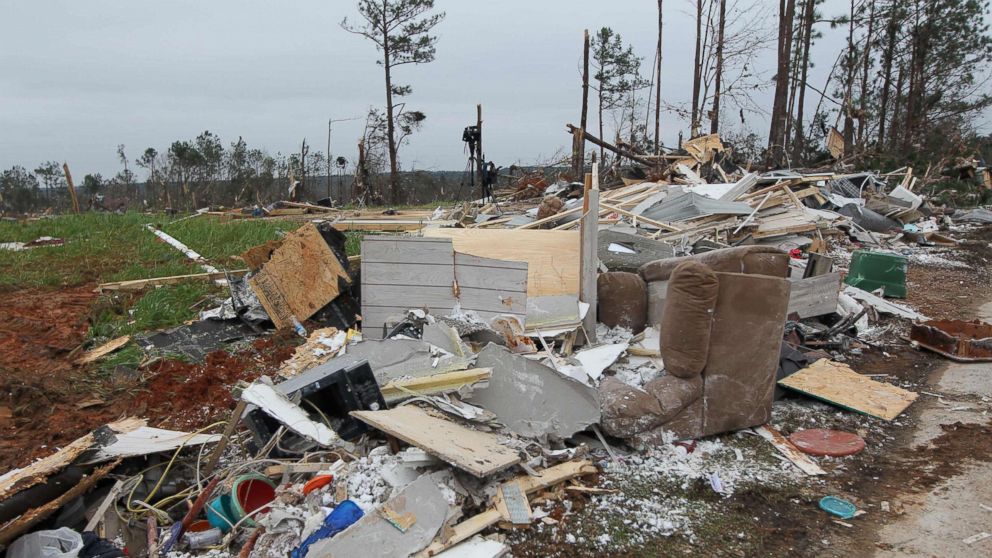Tornadoes hurricanes and flooding can devastate entire towns at once but the weather condition that proves deadliest to humans is actually heat

Tornadoes, Hurricanes, and Flooding: Heat Remains the Deadliest Weather Condition

When we think of devastating weather events, our minds often imagine the destructive power of tornadoes, hurricanes, and flooding. These natural disasters can indeed wreak havoc on entire towns, causing widespread destruction and displacing communities. However, despite their ferocity, it is important to note that the deadliest weather condition for human beings is not one of these catastrophic events, but rather the relentless and invisible force of heat.
Extreme heat, often accompanied by high levels of humidity, can have tragic consequences for human health and safety. Heatwaves can occur across the globe and are becoming increasingly common due to climate change. While these events may not have the immediate impact of a tornado or hurricane, their long-lasting effects can be devastating.

Heat-related illnesses, such as heat exhaustion and heatstroke, can result in hospitalizations and even fatalities. Those most vulnerable to the effects of extreme heat include the elderly, young children, individuals with underlying health conditions, and those without access to air conditioning or adequate shelter. Moreover, outdoor workers and athletes practicing under scorching temperatures are also susceptible to heat-related illnesses.
According to a study conducted by The Weather Channel, extreme heat is responsible for more deaths in the United States than any other weather-related event. The research looked at data from 2000 to 2019 and revealed that, on average, heat-related incidents caused approximately 702 deaths per year, greatly surpassing tornadoes’ average of 105.
To protect individuals from the detrimental effects of extreme heat, it is crucial to raise awareness about the importance of staying hydrated, seeking shade, and taking breaks in cool environments. Understanding the signs of heat-related illnesses, such as dizziness, headache, nausea, and confusion, can also save lives. Additionally, access to air-conditioned spaces and frequent monitoring of vulnerable populations can help mitigate the impact of heatwaves.
As the Earth’s climate continues to change, it is expected that extreme heat events will become more frequent and intense. Therefore, it is imperative that governments, communities, and individuals prioritize strategies to adapt and mitigate the effects of rising temperatures. These may include implementing heat emergency plans, improving urban planning to reduce heat island effects, and promoting energy-efficient cooling systems.
In conclusion, while tornadoes, hurricanes, and flooding capture the attention of the media and induce immediate destruction, extreme heat is the weather condition that proves deadliest to humans. As we face the challenges of a changing climate, it is crucial to recognize the invisible but profound risks posed by heatwaves. By prioritizing heat safety measures, we can save lives and build more resilient communities.
Source: The Weather Channel
Tags
Share
Related Posts
Quick Links
Legal Stuff

